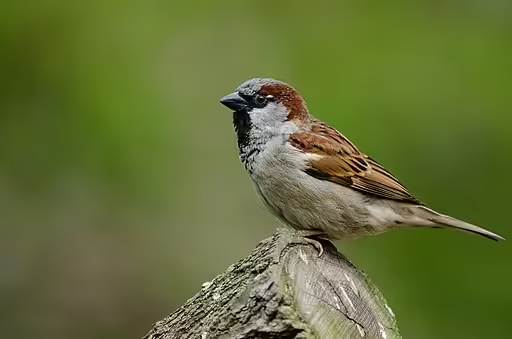Table of Contents for Indian Wood Oats (Chasmanthium latifolium)
Indian Wood Oats (Chasmanthium latifolium) is a herbaceous perennial that is found in the eastern part of the southwest, southern mid-west and eastern United States, except New England. This plant is a host plant to six species of butterflies, most of them skippers. This grass species is often found in floodplains that get partial shade and have moist soil conditions. The green flowers come out in the late summer to fall.
Taxonomy and History of Indian Wood Oats (Chasmanthium latifolium)

Taxonomy
Indian Wood Oats (Chasmanthium latifolium) was first named and described by Andre’ Michaux, in 1803 as Uniola latifolia. In 1966, it was renamed to Chasmanthium latifolium by Harris Oliver Yates. This plant is a member of the Grass Family (Poaceae).
Indian Wild Oats Description and Alternative Names

Description
Indian Wood Oats is a herbaceous perennial grass that grows to 2 to 5 feet high. The alternate, simple, entire, lanceolate to linear leaves are up to 9 inches inches in length and about 1 inch in width (NC State Extension). The flowers that come out in the late summer to fall have a green oat-like appearance. In the late fall and winter they present a brownish-copper appearance.
Alternative Names
This plant is also known as Northern Sea Oats, River Oats, Upland Oats, and Wild Oats.
Range and Habitat

Range

This grass is native throughout the United States except for the very far western states, northern mid-west and New England.
Habitat
Indian Wood Oats are often found growing on wooded floodplains. It is also widely planted as a landscape plant.
Insects and Other Wildlife it Supports


Host Species
Indian Wood Oats are a host to the Northern Pearly-Eye (Lethe anthedon). It is also a host to a number of skippers including the Pepper and Salt Skipper (Amblyscirtes hegon), Linda’s Roadside Skipper (Amblyscirtes linda), Bronze Roadside Skipper (Amblyscirtes aenus), Bell’s Roadside Skipper (Amblyscirtes belli), and the Common Roadside Skipper (Amblyscirtes vialis).
Other Wildlife Value
The seeds of Indian Wood Oats provide food for birds and small mammals in the fall.
Interesting Facts
The dried stems are often used in floral arrangements.
More information on Indian Wood Oats can be found at Gardenia.net.